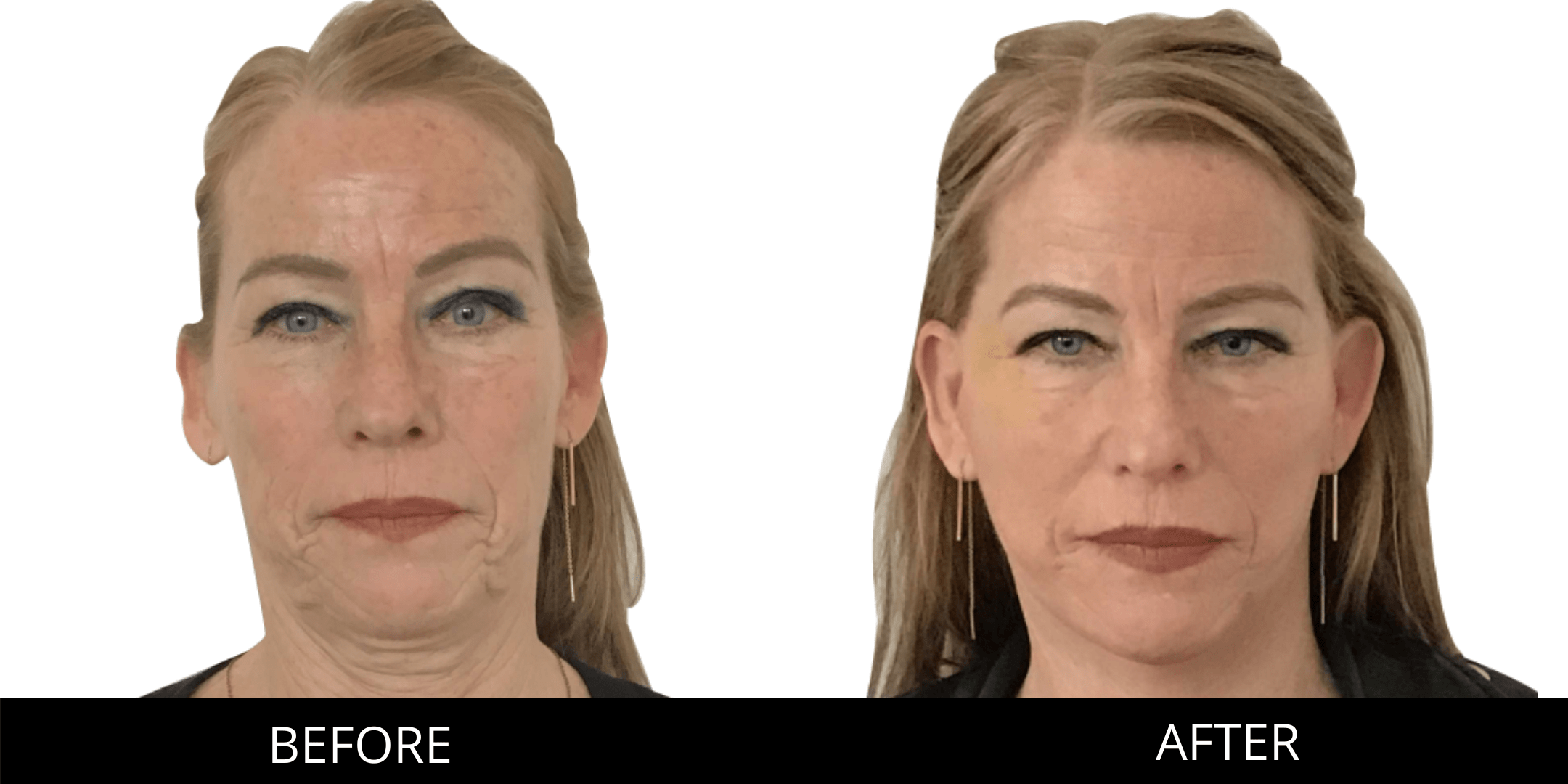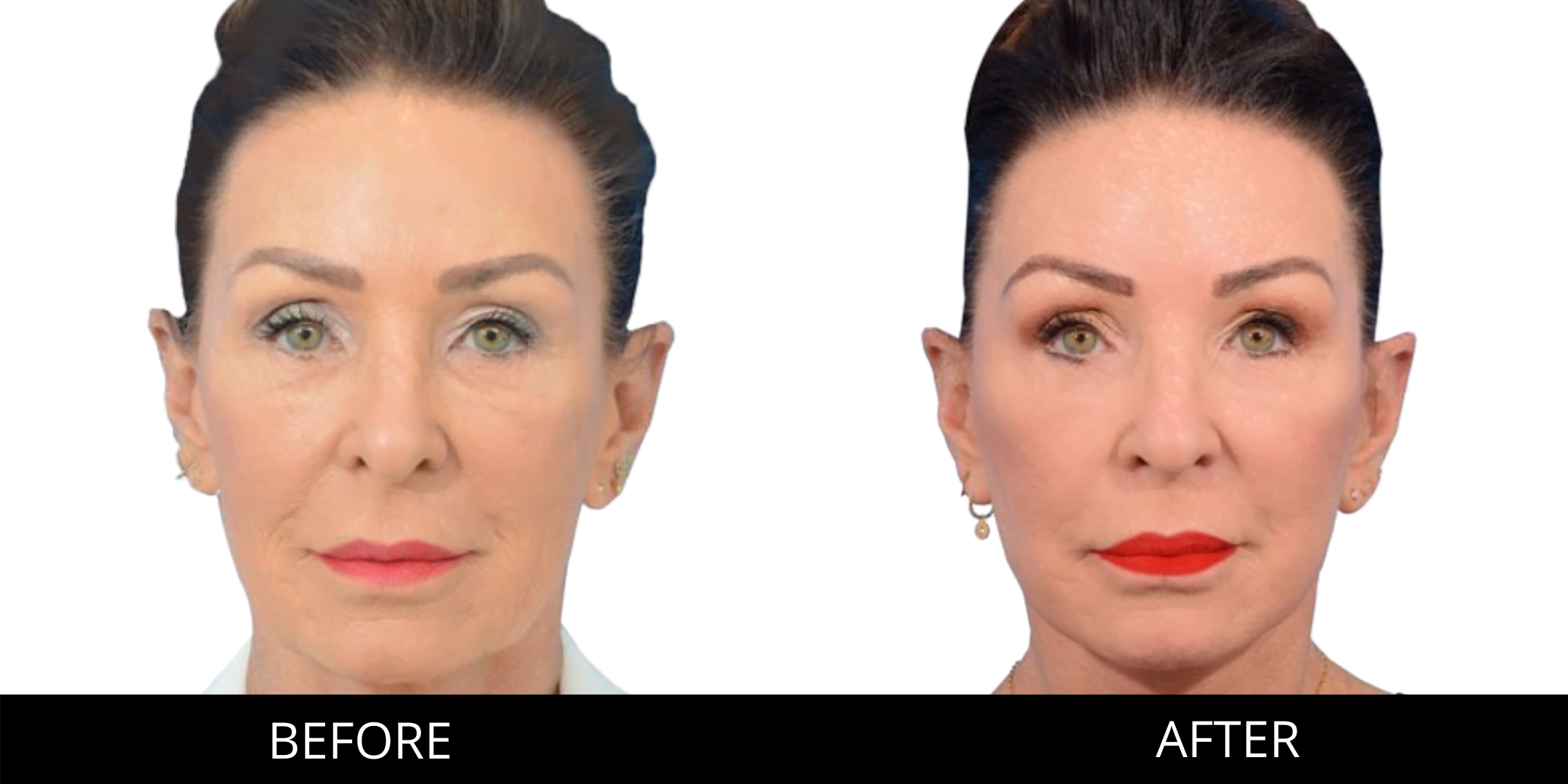
What is a facelift?
Over the years, your skin loses its firmness. If your skin has slackened so much that the contours of your face are less defined, then a facelift could be the solution.
Care Clinic has observed three factors that can cause the face to look aged:
- A slackening of the skin
- Fat loss
- Damage to the skin
We look at the causes. Our approach is, therefore, not based on a preference for any particular technique, nor on price nor profit, but on reliable knowledge and analysis.
Slackening
A slackening of the skin and the underlying tissue go hand-in-hand with ageing. You will notice this by the sagging skin around your jawline and in the hollows that have formed at your temples. Facelift surgery is an effective solution for this.
Fat Loss
Fat loss sometimes plays a significant role in the ageing process. A facelift operation can partially resolve this. Moving fat from the stomach to the face – mostly in combination with facelift surgery – would, in this case, be advised to achieve optimal results. We call this lipofilling or fat transfer.
Sun or Smoke Damage to the skin
Superficial wrinkles, blemishes and veins will not be improved with a facelift, and, not even by injecting fat into the face. Laser treatment, however, or chemical peeling would be ideal.
*The doctor will determine if the treatment is necessary for medical reasons. * This treatment falls within the tax-exempt medical care as stated in article. 11-1-g Tax Law, 1968.
How is a facelift done?
The plastic surgeon removes wrinkles and folds in this cosmetic operation by tightening up the skin in your face and the underlying fat, muscle and connective tissues. Your facial features are, as it were, given a ‘lift’ giving you a fresher and more youthful appearance.
First, an incision is made next to your ear. This incision can run down to your ear lobe but is sometimes extended to the hairline above your ear or behind your ear. This all depends on the shape of your face and the desired results.
Next, the skin is separated from the connective tissues and the muscle tissues. The tissue is then lifted. Connective and muscle tissue are much firmer than the skin; because of this, the skin will be lifted as well. The tissue is pulled together and fixed in place, and lastly, the excess skin is cut away. The skin is sutured tension-free, which is necessary to allow the wounds to heal nicely, and it also gives a subtle and inconspicuous scar.
When am I a suitable candidate for a facelift?
You are a good candidate when you suffer from sagging skin on your lower jaw, have slackened cheekbones, deep wrinkles and folds, or deep lines between your nose and the corners of your mouth. You are also a good candidate when you suffer from loose skin, have lines and too much fat in the neck area.
What are the advantages of a facelift?
- No visible scars
- No more sagging skin
- No more deep folds between your nose and the corners of your mouth
- Performed by a surgeon with years of experience.

CONSULTATION
FACELIFT BEFORE AND AFTER

